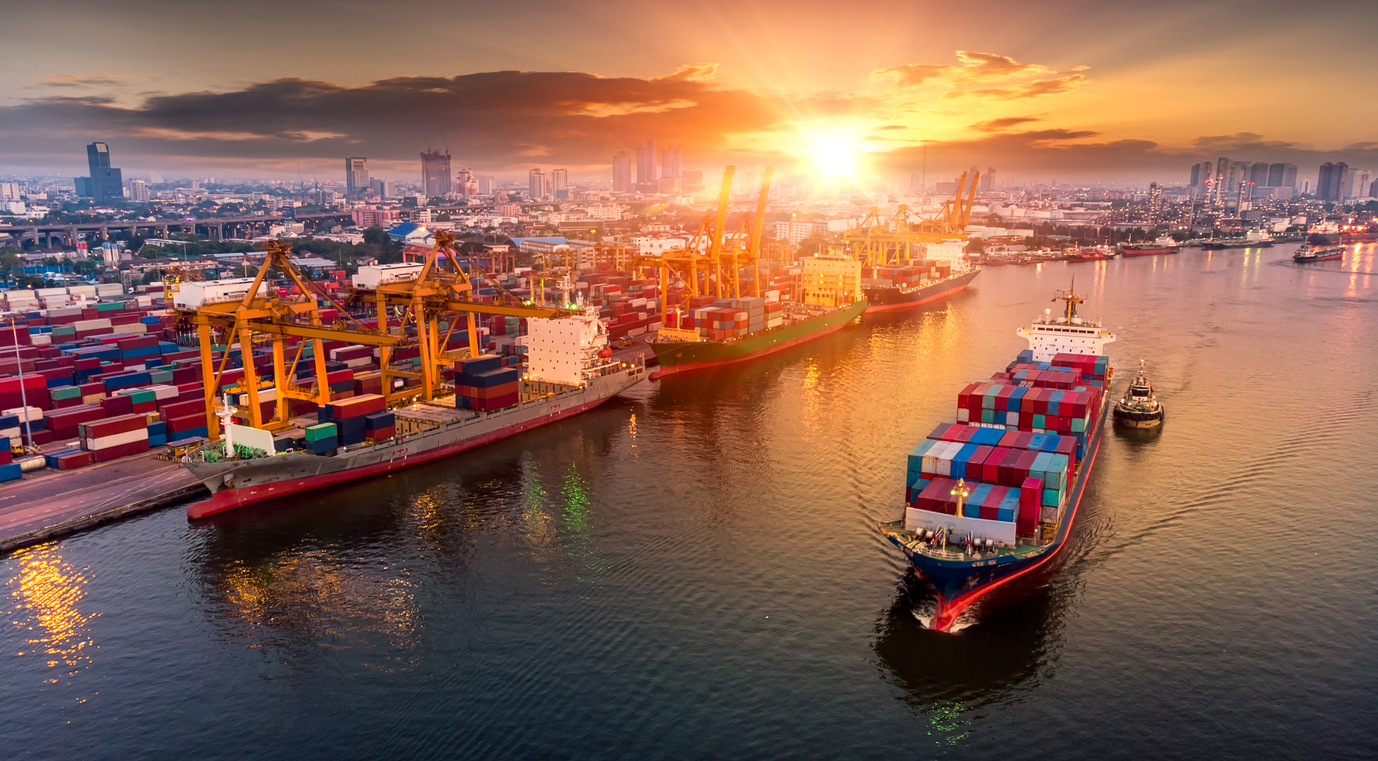Zero Emission Global Shipping: What it Means For Maritime Transport

The global shipping industry is not only massive and far-reaching, but it’s also continuing to grow at a rapid pace. Thousands of ships around the world carry billions of dollars of goods, such as food, autos, and electronics across every ocean. Those ships run mostly on fuel known as heavy fuel oil, a thick fuel that emits sulfur and particulate matter when it burns. While they are efficient, these emissions can cause pollution and respiratory illnesses. In fact, about three percent of global emissions are released by ocean freight shipping alone. What’s more, in 30 years, the industry is projected to produce a whopping 15 percent of all greenhouse gases in the world if ships continue to burn the same fuel. However, the industry is changing, especially as companies are starting to adhere to the new IMO 2020 vessel pollution limits. The new IMO 2020 vessel pollution limits introduce a very important topic: Zero-emission global shipping.
Zero-Emission Shipping Worldwide
The international body that helps to create global shipping regulations has focused its efforts on cutting down on emissions of some pollution substances when ships are in or near ports and eventually wish to reach a zero-emission global shipping standard. The limits require ships to significantly cut the amount of sulfur pollution they let out when near land, such as within 200 miles of coastline in the United States. If shipping companies don’t comply with these updated regulations, they could face stiff fines and legal issues that can cut a huge chunk out of their finances. Shipping companies are investing more and more in marine pollution liability insurance as well as updating their scrubbers or fuel they use in order to avoid these disciplinary actions.
New Technologies Helping Out
Two effective fuel alternatives have been considered to replace traditional fuel that ships use including liquefied natural gas and hydrogen fuel. The latter of the two generates electricity that is very clean for ships to use. Hydrogen fuel cells combine hydrogen with oxygen and create water and electricity, which can be used to move propellers without emitting greenhouse gases.
But there have been some hiccups with adopting this technology due to its size. For each unit of energy, liquid hydrogen is four times larger by volume than diesel fuel. The problem is that there may not be enough space on a ship to fit the right amount of fuel needed to operate. But with hydrogen presenting twice as much efficiency as a diesel engine, ships only need about twice as much volume for the same length of travel.
In Europe, hydrogen-powered vessels are already being tested out. These vessels are under construction in Norway, France, and the UK. But while this technology is being developed and perfected, it is projected that another decade will pass before the shipping industry could begin to fully transition to hydrogen fuel cell usage. And, until the technology becomes more sophisticated and in demand, the fuel will remain more expensive than other shipping fuels that are more pollutive yet less expensive.
About WQIS
At Water Quality Insurance Syndicate (WQIS), we provide water pollution liability insurance from the smallest to the largest fleets for vessel operators worldwide, providing coverage for more than thirty thousand (30,000) vessels, pollution guaranties for over three thousand five hundred (3,500) vessels, and have cleaned up over five thousand (5,000) spills in our history. WQIS offers insurance on behalf of twelve (12) subscribing insurance companies in the Marine Insurance Market (see Subscribers for details).
